by Kristi Miller '01, Graboys Symposium Speaker
 Tabor is excited to host the Third Annual Graboys Leadership Symposium. Click here to learn more about the event.
Tabor is excited to host the Third Annual Graboys Leadership Symposium. Click here to learn more about the event.
I am thrilled to have the opportunity to return to Tabor for the third annual Graboys Leadership Symposium to engage the students in a real life work experience. I will be getting their thoughts on a project I am currently working on at the WestWind Foundation. At the foundation we are working to solve a problem that affects communities and youth around the world keenly: the lack of age appropriate, accurate reproductive health information in accessible formats youth regularly consume.
WestWind Foundation has recently started to create an online space for youth in late elementary and middle school to learn about puberty, body image, healthy relationships and sexual health. The goal of the project is to provide honest and engaging information that normalizes sexual development and helps very young adolescents develop the attitudes and skills they need to navigate the critical transition between childhood and older adolescence. In addition, the project aims to support parents and educators in assisting young adolescents in this transition. In this day and age it is critical to reach kids using different technology sources they use regularly and find engaging.
Westwind has partnered with three strong organizations: Advocates for Youth, Answer, and Youth Tech Health. Advocates for Youth has been a leader in ensuring young people have the information they need to make informed and responsible decisions about their reproductive and sexual health. Answer is a Rutgers University program that uses peer-to-peer communication to offer sexuality education directly to teens through their award-winning, teen-written Sex, Etc. magazine. Youth Tech Health is committed to pursuing emerging, startling, and sometimes, simple technologies that can reach young people.
We are seeking to develop a set of creative, holistic, educational videos in a lively animated format. Today’s young person relies on YouTube, Facebook, Tumblr, and Instagram as their primary information resource. More than half (55%) of adolescents report searching the Internet for sexual health information. Yet, there is currently a large amount of inappropriate or inaccurate information as well as pornography online. Guttmacher Institute reports that a recent study of 177 websites, 46% of those addressing contraception included inaccurate information. In time, the resource may consider including a space for young adolescents to ask questions of mentors and read stories from their peers to reinforce the information provided.
This resource will also provide parents and educators with information and resources via the website to build their knowledge as sexuality educators and help them to use the youth programs to engage the young people in their lives. Adolescents see parents as a primary source of information and support, but most parents are ill-equipped to address issues related to puberty, reproduction, sexual health and gender roles. Many lack communication skills attuned to the young adolescents in their lives according to an IRH study performed in 2010. Further, school- and community-based sexuality education often starts later, if at all, and there are few up-to-date resources to assist early adolescents in a normalizing and healthy manner.
If successful, the partners will explore adaptability of the model internationally where young adolescents face even greater barriers to accurate information. Given rapidly expanding access in lower- and middle-income countries to Internet and social media, there is potential to achieve significant coverage with media programs that reinforce positive messages.
As we are looking to address students with these videos, I hope I can learn from the Tabor students on creative ways to gain the attention of 10-14 year olds. I also hope it will show the students the possibilities to help others through their careers. With this project we hope to help young adults make more informed reproductive decisions that will improve and enrich their lives and their communities. We hope this resource will also offer parents and teachers another way to discuss these difficult topics with their children.








